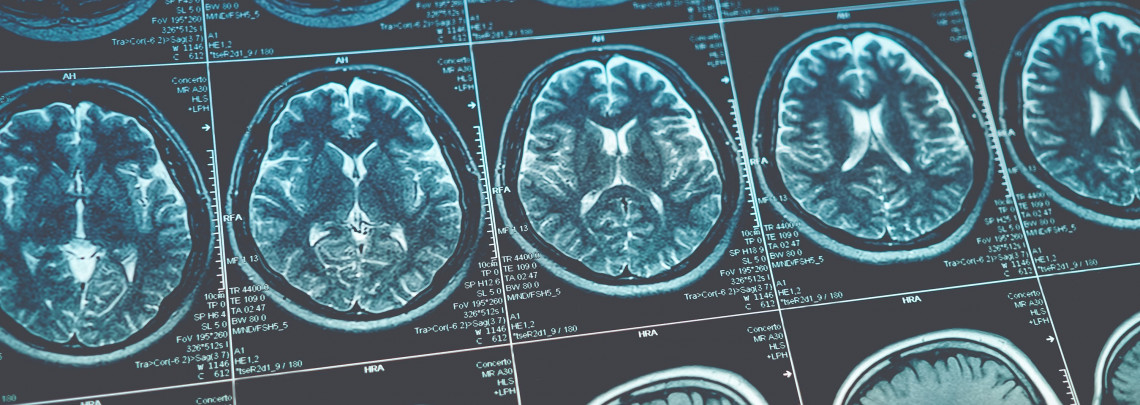This is a website for an H2020 project which concluded in 2019 and established the core elements of EOSC. The project's results now live further in www.eosc-portal.eu and www.egi.eu
This is a website for an H2020 project which concluded in 2019 and established the core elements of EOSC. The project's results now live further in www.eosc-portal.eu and www.egi.eu

A brain tumor is an abnormal growth of cells inside the brain and tissues around it. Brain tumours do not spread from other parts of the body and their cause is still unknown today. Understanding the mechanism of tumour growth is important for medical treatment. There are many molecular interactions occurring on a cell membrane that can restrain expansion.
Shih-Che Sue at National Tsing Hua University, Taiwan, and Andreas Bikfalvi at Bordeaux University, France, formed an international team to research ways of holding back tumour growth.
In their recent study published in Nature Communications, Sue and his collaborators at Bordeaux University tested the interaction between the LRP1 molecule, a key element involved in cancer processes, and CXCR3, a membrane receptor that can regulate tumor expansion.
The team started by doing a cell experiment which reported a potential region in LRP1 recognising CXCR3. Then, Sue and his colleagues used the HADDOCK platform for molecular docking.
HADDOCK is a web portal that offers computational tools for biologists to model the structure of complexes of proteins and other biomolecules via a user-friendly interface. The computational tasks operated in the back-end of HADDOCK are powered by EGI’s High-Throughput Compute service.
During the test, the team compared the derived energy of each docking model. The results showed that a domain in the LRP1 potential region – called cysteine-rich domain 26 (CR26) – had the highest possibility in interacting with CXCR3.
This recognition mode can be turned into a future therapy strategy. For example, by creating a molecular mimic based on CR26 structure, CXCR3 might be specifically recognised by the compound and CXCR3 becomes less active. Thus, the tumour expansion can be reduced.
Haddock is part of the WeNMR suite for Structural Biology.